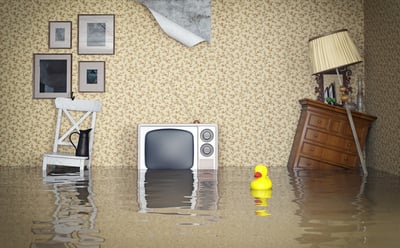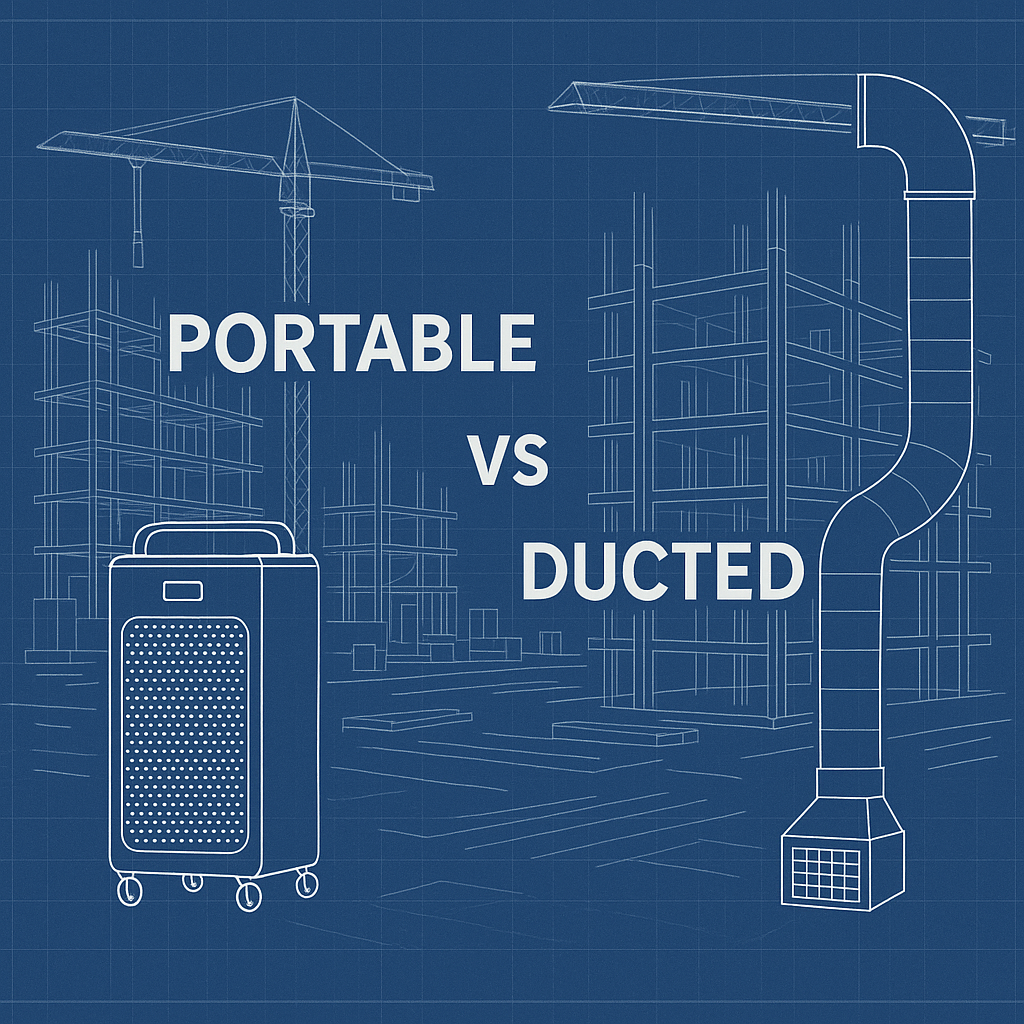 Every year, thousands of homeowners experience the devastation of a flooded house. If you have never dealt with the aftermath of flooding before, it can be difficult to know where to start.
Every year, thousands of homeowners experience the devastation of a flooded house. If you have never dealt with the aftermath of flooding before, it can be difficult to know where to start.
However, taking the right steps is vital to preserving as much of your home as possible, as well as your own safety. For your information and peace of mind, here are 6 important things you should do in the event of home flooding.
1. Protect Yourself
Personal safety always comes first. If floodwater is threatening your safety, leave as soon as possible. Even if the water itself is not a threat, floodwater can contain dangerous bacteria and debris.
When you do return to your home, take every precaution for your safety. If there is standing water, call the power company to shut off the electricity. Always wear protective gear and do not plan to sleep there until everything is stable and sanitized.
2. Stop the Flow
Depending on the source of the flood, you may be able to stop or slow the flow. Never do anything dangerous, but if you can stop the water from coming in, you can save yourself a lot of trouble later.
Stopping the flow depends on what the problem is. Try clearing blocked drains and gutters to divert water away from your house, unclog small backups, or patch minor leaks. For bigger plumbing problems, turn off your home’s water source and call a plumber.
3. Remove Water
When the flooding has stopped, your next task is to remove the water. How you do so depends on how much water there is and where it is. For standing water, you may bail it using buckets and bins or drain it with hoses. When most of the water is gone, use a wet vacuum to suck remaining water from floors.
4. Dry Your Home’s Interior
Any amount of residual moisture can damage your home’s materials and mold can grow in as little as 48 hours, so it’s important to thoroughly dry everything. While fans can help, the best way to do this is with a dehumidifier.
Dehumidifiers are great for removing moisture from absorbent materials like wood and drywall. Your home dehumidifier may not be powerful enough, so renting or purchasing a commercial model is ideal. Keep doors and windows closed so the dehumidifier isn’t fighting outside humidity.
Some methods suggest running the AC until the inside air is dry, then turn on the heat to draw out more moisture. Once the interior temperature reaches 80 degrees, switch back to the AC. However, if any part of your HVAC system was underwater, turning it on can spread more mold and bacteria into your home.
The safest and most efficient way to dry a house after a flood is to use dehumidifiers.
5. Call Your Insurance
Many homeowners’ insurance policies cover flood damage. Notify your insurance agent of the flood so you can start the claims process. As part of this process, it’s smart to document the damage by taking photos before you start cleaning up.
6. Clean Up and Repairs
After all, water is gone and damage has been documented, you can begin cleaning up and making your home habitable again. Throw away anything that is unsalvageable and thoroughly clean everything else.
Disinfect all surfaces that were affected by floodwater. Do not live in your home until everything is sanitized and any mold is eliminated.
Damaged drywall, flooring, and insulation may need to be removed and replaced to prevent mold. The structural integrity of your home may need to be inspected and stabilized.
If poor plumbing was the source of the flood, have the issue fixed immediately. Work to fix anything else in your home that was broken by debris or moisture.
Experienced DIYers can do much of the clean-up and repair work themselves, but there are also professional disaster restoration services that many homeowners rely on to do the job of flood recovery right.
Whether from plumbing problems or the wrath of Mother Nature, flooding can be very destructive to your home and personal property. However, with the right steps and tools, you can soon restore your home and safely enjoy it once again.
Have questions about using a dehumidifier after a flood? Ask Pure n Natural anytime!



![4 Ways Indoor Humidity Can Cause Problems For Your Business [2025 UPDATED]](https://blog.purennatural.com/hubfs/a%20factory%20with%20extreme%20humidity%2c%20showing%20condensation%2c%20heavy%20air%2c%20and%20workers%20struggling%20with%20the%20damp%20environment.webp)

